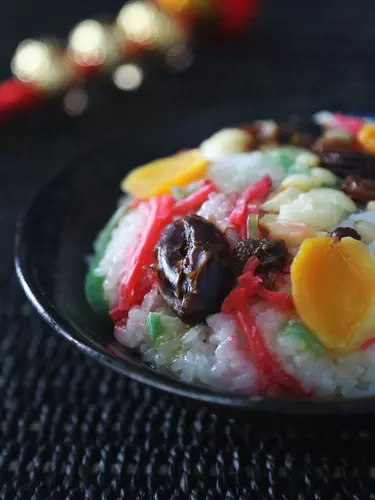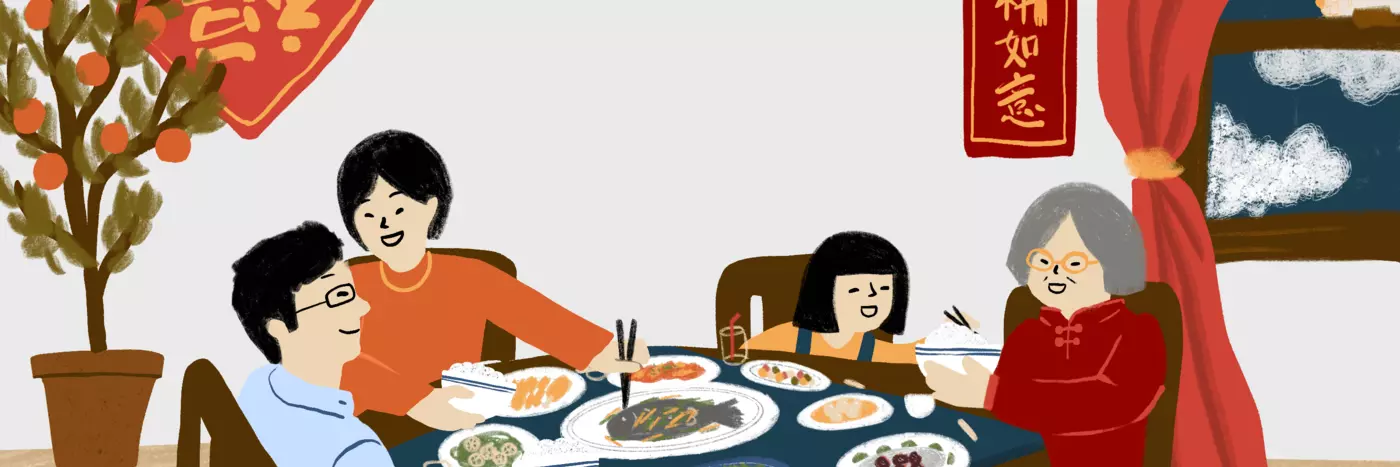An expert’s guide to eating this Lunar New Year
Food has profound symbolic meaning in many Asian cultures, and never more so than during Lunar New Year – a time of family, prosperity and togetherness.
Lunar New Year is the most celebrated time of the year in many Asian countries. In China, we often believe the theory of 民以食为天, which means food is the first necessity of the people. This belief has created a splendid food culture since ancient times.
During the New Year, certain dishes are consumed during the Reunion Dinner for their symbolic meaning. Paired with our favourite childhood Lunar New Year song, this ultimate eating guide will get your Year of the Tiger sorted.
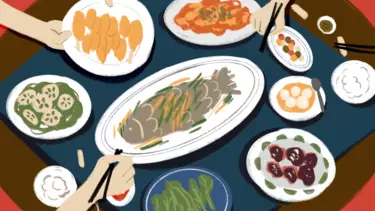
Prosperity 年年有余
Steam Fish 蒸鱼
Fish is one of the most popular dishes on the Lunar New Year dining table. The pronunciation of Fish in Chinese (鱼 Yu) signifies abundance, so the dish carries the wish of prosperity in the new year. In China, people often serve a whole fish, to express their wish for coming of prosperity. Back in the Han and Tang Dynasty, fish were also widely painted on the furniture doors, as people believed fish could help subdue demons and protect their homes. This belief profoundly influenced modern Chinese people's eating habits during the Lunar New Year.
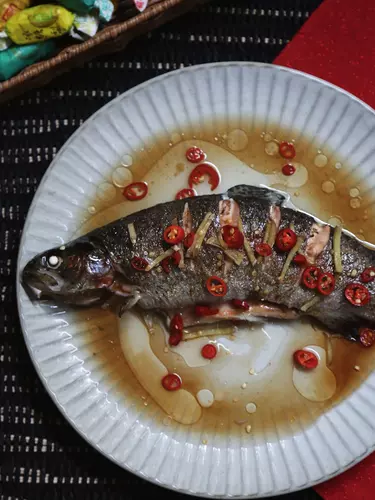
Song pairing
Good Health 身体健康
Lucky Bamboo 幸运竹
Have you ever seen those mini bamboo plants at your Asian friends’ homes? Though not technically bamboo (at least not the type that pandas are obsessed with), Lucky Bamboos is widely considered a fortuitous plant for Chinese New Year, representing oriental beauty. Bamboo is probably one of the fast-growing plants on the planet, therefore it is known for its resilience and strength. Bending without breaking, bamboo painting is also a popular motif in ancient Chinese art, symbolising strength and moral integrity.
This cucumber based dish is inspired by Lucky Bamboo. Wishing for good health in the new year? Make your own Lucky Bamboo this holiday season. Simply fill those half-cut cucumbers with your favourite salad, and they are ready to be served cold.
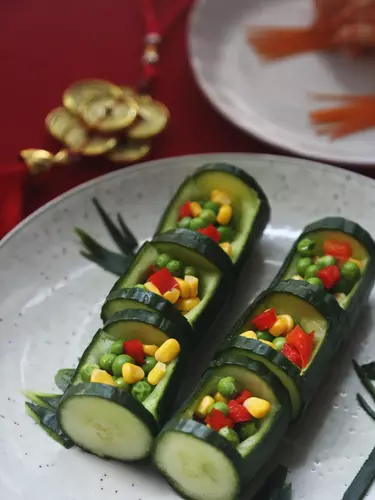
Song pairing
Family Cohesion 家庭和睦
Dumplings 饺子
For many Chinese families (or at least for mine), one of the must-do things before the Lunar New Year is to make dumplings together with the whole family. Some people also believe that dumplings are a symbol of wealth because it looks like an ancient Chinese currency: gold ingot (金元宝 – Google it if you've never seen it!). If family cohesion is your wish of the year, try spending some time making dumplings with your family this Lunar New Year, and enjoy it with soy sauce or vinegar as you like.
p.s. Take your time making those dumplings with your beloved ones, because that's where the magic of dumplings is.
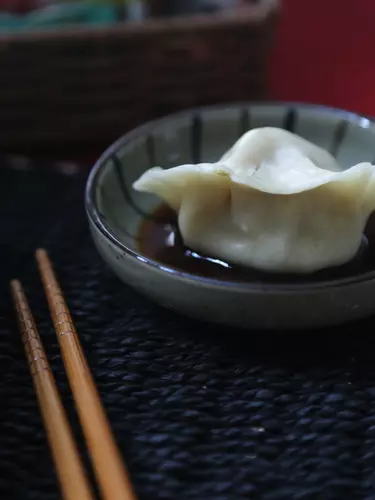
Song pairing
Career advancement 事业高升
Nian Gao 年糕
Nian Gao, also known as rice cake, is a glutinous rice flour made in Chinese cuisine that implies progress and advancement. From my memory, Nian Gao often comes with nostalgic packaging with the character 福 (prosperity) on top.
Nian (年) means year in Chinese, whereas the pronunciation of Gao (糕 originally means cake in Chinese) is identical to the pronunciation of Gao (高 which means higher). Together, people often associate this dish with career advancement in the new year. Nian Gao can be found in Asian grocery stores, simply steam them or give it a quick fry, and enjoy with a splash of brown sugar syrup on top.
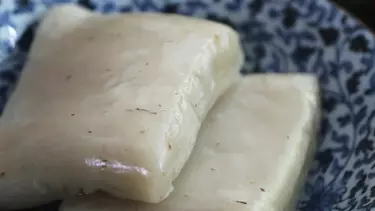
Song pairing
Wealth 财源广进
Spring Roll 春卷
What’s better than having spring rolls on a day that celebrates the beginning of a new year, and the arrival of spring? Spring rolls are often filled with pork mince, vegetables, and mushrooms in China. Wrapped and deep-fried, their golden, light and crispy skin make them look like gold bars, which is why they symbolise wealth.

Song pairing
Happiness 喜气洋洋
Prawn 虾
Who doesn't fancy a cocktail prawn dish during the holiday season? Believe it or not, the pronunciation of prawns (虾 har) in Cantonese sounds like ringing laughter. This lantern inspired prawn dish is super easy to make and will bring you and your family happiness in the new year. Simply line cooked prawns to shape the lantern's body and use carrots to create the tassel. Voilà! It's ready to be served and to amaze your guests.
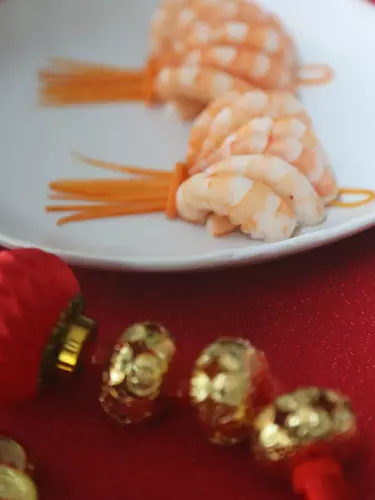
Song pairing
Family Reunion 团团圆圆
Tang Yuan 汤圆
You may have seen this one in Asian grocery stores or tried it in Chinese restaurants. This chewy, nutty dessert that almost looks like a snowball, filled with sesame, peanut or red bean paste, is a dish not to miss during the Lunar New Year. Tang Yuan, a glutinous rice ball, literally means ‘round dumpling in soup’ in Chinese. During the Ming Dynasty, Tang Yuan was also called Yuan Xiao (元宵 which means ‘first evening’), and was eaten to celebrate the first full moon after the Lunar New Year. Just like mooncakes, this spherical shaped dessert symbolises family reunion (团团圆圆).
p.s. Why this song? Since early 1980, when the first Spring Festival gala was launched, 'Tonight is Unforgettable' (难忘今宵) has been performed every year as a closing song. Matching the meaning of Tang Yuan, which also translates to the ‘first evening’, this song celebrates the vibrancy of the gala night and expresses people's wish for the new year.
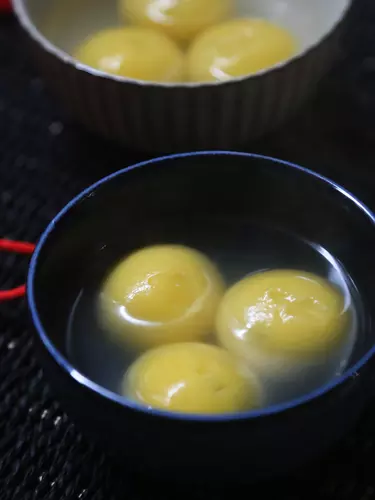
Song pairing
Good Fortune 吉祥如意
Eight Treasure Rice 八宝饭
Eight Treasure Rice, also known as Ba Bao Fan (八宝饭), is a rice pudding-like dessert made from glutinous rice, steamed and decorated with eight different types of dried fruits and seeds. Some of my favourite treasures are sweetened winter melon, dried kumquat and red dates. As a must-have dish for the Lunar New Year, Eight Treasure Rice symbolises luck and will bring you good fortune in the new year.
